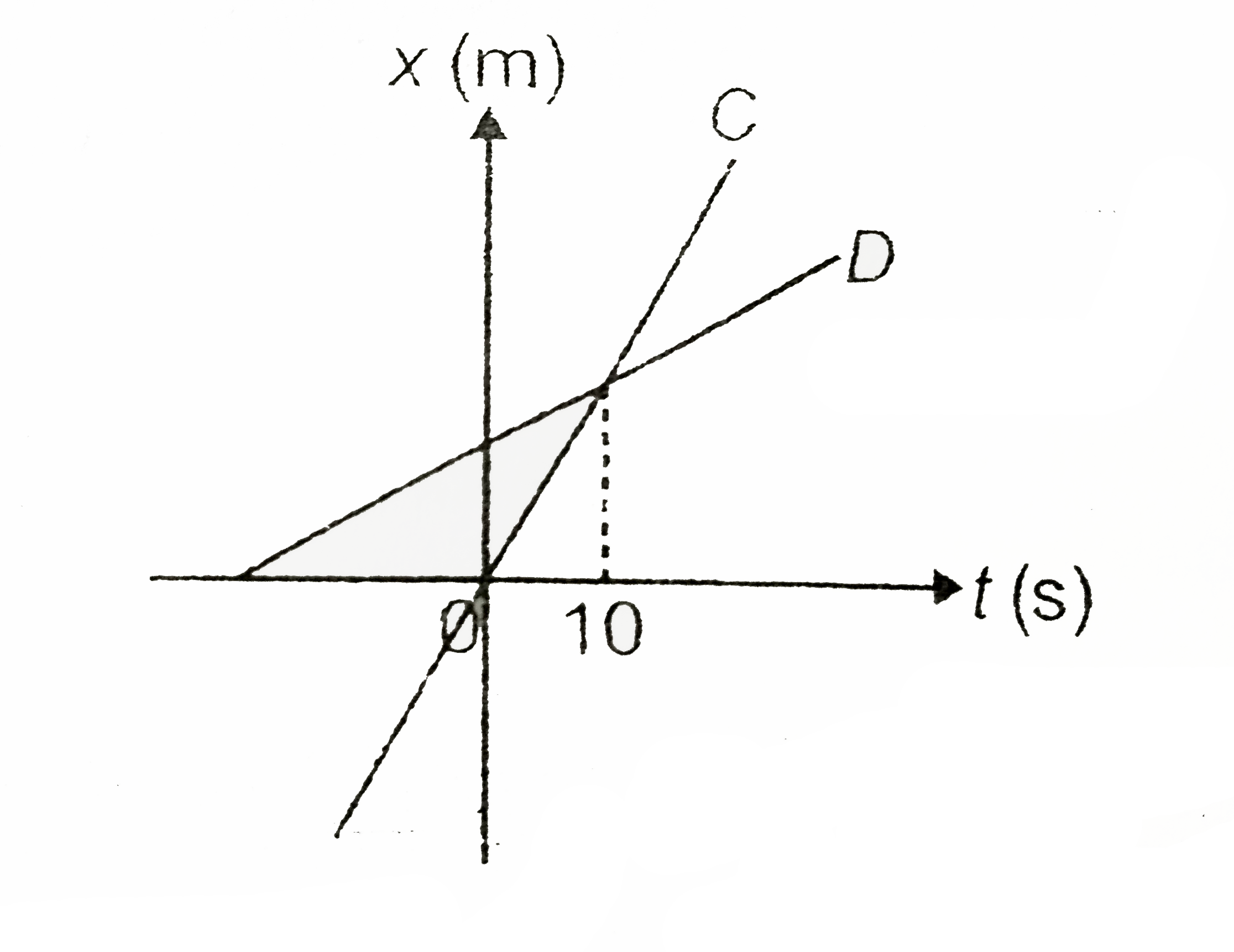An organic compound (A) (C10H20) on reductive ozonolysis gives 2− methyl butanal. Based on this information, answer the following question.
If the stereochemistry about the double bond in (A) is trans, the total number of enantiomers for (A) is :
None
2
4
6
The correct Answer is:B
To solve the problem, we need to determine the total number of enantiomers for the compound (A) given that it has a trans double bond and produces 2-methylbutanal upon reductive ozonolysis.
1. Identify the Compound (A):
- The molecular formula of compound (A) is C10H20.
- The ozonolysis reaction suggests that (A) contains a double bond, which upon ozonolysis produces two molecules of 2-methylbutanal.
2. Understanding the Ozonolysis Product:
- The product, 2-methylbutanal, has the structure:
CH3−CH(C2H5)−CHO
- This indicates that the double bond in (A) must be positioned such that when it is cleaved, it yields this specific aldehyde.
3. Structure of Compound (A):
- Given that (A) produces 2-methylbutanal, we can deduce that (A) must have a structure that includes a double bond leading to the formation of this product.
- A possible structure for (A) could be 2,4-decadiene (trans configuration), which can be represented as:
CH3−CH=CH−CH=CH−CH2−CH3
- This structure has trans double bonds.
4. Identify Chiral Centers:
- In the structure of (A), we need to identify the chiral centers. A chiral center is a carbon atom that is attached to four different groups.
- In the trans configuration of 2,4-decadiene, there are two chiral centers at the positions where the double bonds are located.
5. Calculate the Number of Enantiomers:
- The formula to calculate the number of enantiomers is given by 2n, where n is the number of chiral centers.
- Since we have identified 2 chiral centers, we can substitute n=2:
Total Enantiomers=2n=22=4
6. Consider the Stereochemistry:
- The problem states that the stereochemistry about the double bond in (A) is trans. This means that the configuration of the double bond is fixed, which does not affect the total number of enantiomers derived from the chiral centers.
Final Answer:
The total number of enantiomers for compound (A) is 4.
- The molecular formula of compound (A) is C10H20.
- The ozonolysis reaction suggests that (A) contains a double bond, which upon ozonolysis produces two molecules of 2-methylbutanal.
- The product, 2-methylbutanal, has the structure:
CH3−CH(C2H5)−CHO
- This indicates that the double bond in (A) must be positioned such that when it is cleaved, it yields this specific aldehyde.
- Given that (A) produces 2-methylbutanal, we can deduce that (A) must have a structure that includes a double bond leading to the formation of this product.
- A possible structure for (A) could be 2,4-decadiene (trans configuration), which can be represented as:
CH3−CH=CH−CH=CH−CH2−CH3
- This structure has trans double bonds.
- In the structure of (A), we need to identify the chiral centers. A chiral center is a carbon atom that is attached to four different groups.
- In the trans configuration of 2,4-decadiene, there are two chiral centers at the positions where the double bonds are located.
- The formula to calculate the number of enantiomers is given by 2n, where n is the number of chiral centers.
- Since we have identified 2 chiral centers, we can substitute n=2:
Total Enantiomers=2n=22=4
- The problem states that the stereochemistry about the double bond in (A) is trans. This means that the configuration of the double bond is fixed, which does not affect the total number of enantiomers derived from the chiral centers.
The total number of enantiomers for compound (A) is 4.
Topper's Solved these Questions
- ISOMERISMBOOK - CENGAGE CHEMISTRY ENGLISHCHAPTER - ISOMERISMEXERCISE - Multiple choice questions (Exercise)
38 Videos
- ISOMERISMBOOK - CENGAGE CHEMISTRY ENGLISHCHAPTER - ISOMERISMEXERCISE - Single correct answer type
13 Videos
- ISOMERISMBOOK - CENGAGE CHEMISTRY ENGLISHCHAPTER - ISOMERISMEXERCISE - Exercise
19 Videos
- IONIC EQUILIBRIUMBOOK - CENGAGE CHEMISTRY ENGLISHCHAPTER - IONIC EQUILIBRIUMEXERCISE - Archives Subjective
28 Videos
- NCERT BASED EXERCISEBOOK - CENGAGE CHEMISTRY ENGLISHCHAPTER - NCERT BASED EXERCISEEXERCISE - Chemical Equilibrium
73 Videos
Similar Questions
An organic compound (A) (C10H20) on reductive ozonolysis gives 2− methyl butanal. Based on this information, answer the following question.
If the stereochemistry about the double bound in (A) is cis, the total number of enantiomers for (A) is :
View SolutionAn organic compound (A) (C10H20)on reductive ozonolysis gives 2− methyl butanal. Based on this information, answer the following question.
If the stereochemistry about the double bound in (A) is trans, the total number of stereoisomers for (A) is:
View Solution
Knowledge Check
An organic compound C4H6 on reductive ozonolysis gives HCHO,CO2andCO3CHO. Find structure of compound.
AH2C=CH−CH=CH2BCH3−CH=C=CH2C DH3C−C≡C−CH3
DH3C−C≡C−CH3An organic compound C4H6 on ozonolysis give HCHO,CO2,CH3CHO. Compound will be:
AH2C=CH−CH=CH2BCH3−CH=C=CH2CCH3−C=C−CH3D
Analyse the given information and answer the following questions.
A=Na=2,8,1
B=Mg=2,8,2
C=H=1
D=Cl=2,8,7
In the formation of CD by bonding between C and D. Which is oxidised ?ACBDCBoth 1 and 2DNone of these
An organic compound (A) (C10H20)on reductive ozonolysis gives 2− methyl butanal. Based on this information, answer the following question.
If the stereochemistry about the double bond in (A) is cis, the total number of stereoisomers for (A) is :
View SolutionAn organic compound (A) (C10H20) on reductive ozonolysis gives 2− methyl butanal. Based on this information, answer the following question.
1. Compound (A) is
View SolutionAn organic compound (A) (C10H20) on reductive ozonolysis gives 2− methyl butanal. Based on this information, answer the following question.
The total number of stereoisomers possible for (A) is :
View SolutionAn organic compound X(C5H10) on ozonolysis gives Y & Z. The product mixture Y and Z on reaction with NH2−OH gives four oximes.The structure of X is
View SolutionThe figure shows position time graph of two riders C and D. Based on the information represented by the graph, answer the following questions.

At t = 10 s
View Solution
